In the days when it was fashionable to mock the IQ of an American President who had taken the showbiz route to office, a Congressman reported the burning down of Ronald Reagan’s library. ‘That’s sad,’ said the hearer. ‘Yes. He lost both books.’
Racing folk don’t read much either; writers of racing books rarely stray far from the poorhouse precincts. But any aspiring trainers whose wallets have survived the Cheltenham Festival should consider buying one volume. Last year’s Gold Cup winner Sizing John did not turn up this week to defend his crown. Past winners rarely do, reminding us what an extraordinary feat Henrietta Knight achieved by capturing three consecutive Gold Cups with Best Mate. An enquiring mind is a key qualification for a good trainer: long after Michael Dickinson had trained the first five home in the 1983 Gold Cup, and 15 times champion trainer Martin Pipe had rewritten the record books, the two obsessives could be seen — one with a tape recorder, the other with notebook in hand — interrogating each other about how things could be done better still.
Hen shares that thirst for knowledge about anything that can make happy horses run faster, and for her fascinating treatise The Jumping Game (Head of Zeus, £20) she has spent time with 27 of the most successful trainers in England and Ireland documenting how they seek to get the best out of their animals: how they set out their stable yards and their gallops, how they like their horses fed, equipped and ridden, what kinds of horses they buy and how they teach them to jump.
Her researches confirm that there is no perfect method, no magic elixir. Hugely successful trainers differ widely, for example, on the value of weighing horses or blood tests. Henrietta believes strongly in ‘loose schooling’, educating horses to jump initially without riders on their backs. So do Martin and David Pipe. But Alan King, Colin Tizzard, Gordon Elliott, Jonjo O’Neill and Dan Skelton stick firmly to having the job done with jockeys on top. Most trainers these days do much of their work up steep inclines to build strong hindquarters and jumping muscles; Willie Mullins, the top trainer in Ireland these past nine years, relies on 16 acres of flat farmland. While Mullins, Joseph O’Brien and many other Irish trainers use barley straw for horses’ bedding, hardly any English trainers do the same, reckoning that greedy horses will eat much of it. (Even if they do, says Hen, it is good roughage that will help to counter the build-up of stomach acids that lead to an increasing number of ulcers.)
Like Hen, Noel Meade and Venetia Williams do plenty of trotting to help horses achieve the right shape. Gordon Elliott’s and David Pipe’s horses hardly trot at all. Elliott and Jonjo O’Neill regard their equine swimming-pools as vital. Says Jonjo: ‘Swimming doesn’t get horses fit but it keeps them fit.’ Nicky Henderson, England’s champion trainer, doesn’t have a pool. Henrietta admires Mouse Morris’s grass gallops in Co. Tipperary, insisting that ‘grass is undoubtedly the best surface for training a horse’, and Enda Bolger, ‘King of the banks’, gives his charges plenty of jumping off grass. Paul Nicholls, England’s long-time champion trainer, seldom jumps his horses on grass.
There is a growing trend for circular deep sand gallops that enable horses to build up their distance covered while learning to relax and breathe regularly. Gordon Elliott swears by his and now Henderson and Pipe have installed them too. But Mouse Morris argues that ‘many horses can lose their actions if they do too much work on sand, and never get them back again’.
Some general trends do emerge. In the old days a stable’s ‘feed man’ was a vital cog, brewing up mashes, including his own special potions, like some tribal witch doctor. Now most trainers supplement their haylage with commercially produced cubes and mixes containing balanced nutrients. Horses are groomed much less, partly because of fewer stable staff but also, says Henrietta, because ‘too much grooming annoys a fit horse — a coat will always shine if a horse is healthy’. Horses are generally better tempered, partly because more of them start their regular contact with humans earlier: the old ‘store’ jumping horses were not handled until they were four or older. Interval training up precipices has lessened front leg tendon injuries but hasn’t improved horses’ breathing.
Henrietta Knight was once a schoolmistress but not, I suspect, a harsh one. The potted biographies of each trainer and his or her yard almost invariably note a ‘good atmosphere’, ‘relaxed’ horses and ‘superb teamwork’. There is little direct criticism of anything she saw although she thinks that some trainers push their youngsters too fast in teaching them to jump. Henrietta does suggest, too, that maybe the state-of-the-art technology in a yard like Jonjo O’Neill’s Jackdaws Castle, with its solariums, therapeutic rugs and crushed ice applied to horses in rubber boots, is overdoing things. Maybe, but training was never an exact science: everybody is looking for an edge.
Got something to add? Join the discussion and comment below.
Get 10 issues for just $10
Subscribe to The Spectator Australia today for the next 10 magazine issues, plus full online access, for just $10.
You might disagree with half of it, but you’ll enjoy reading all of it. Try your first month for free, then just $2 a week for the remainder of your first year.

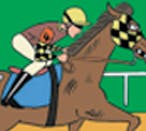
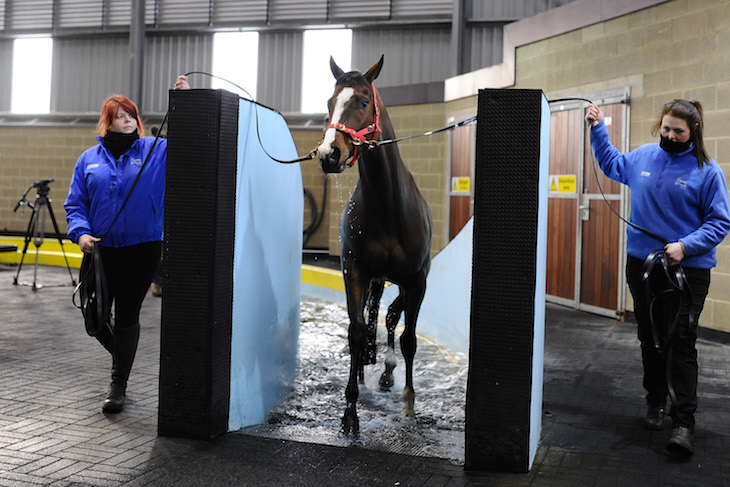
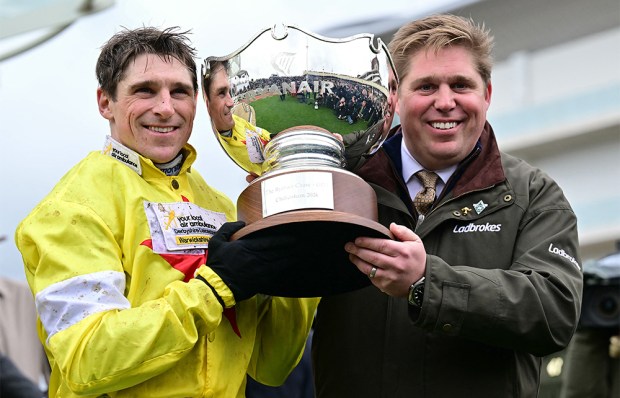
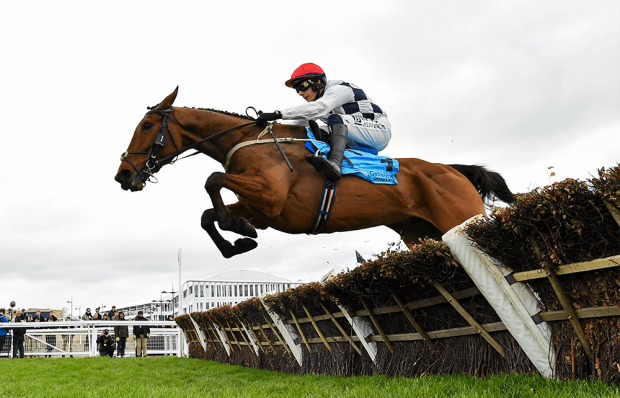
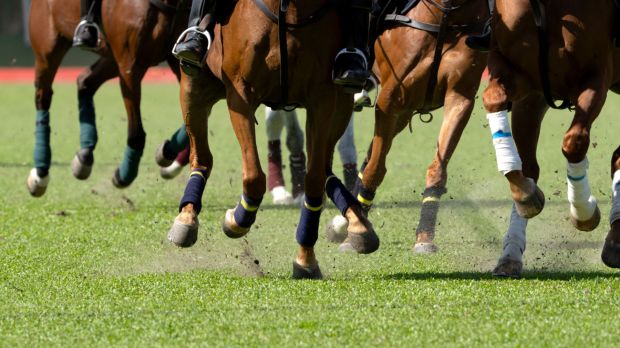
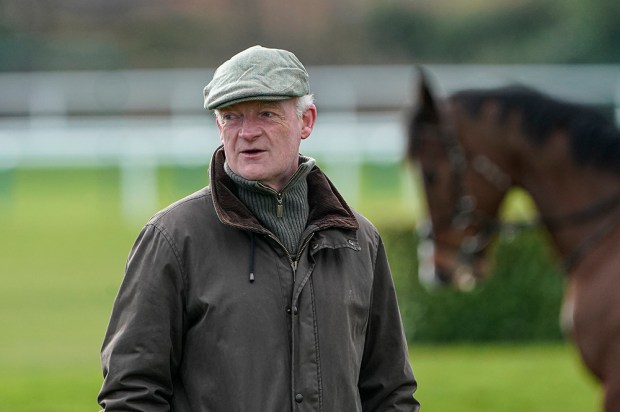
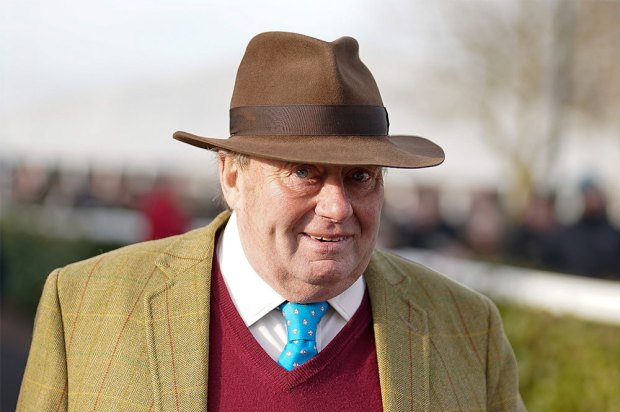







Comments
Don't miss out
Join the conversation with other Spectator Australia readers. Subscribe to leave a comment.
SUBSCRIBEAlready a subscriber? Log in